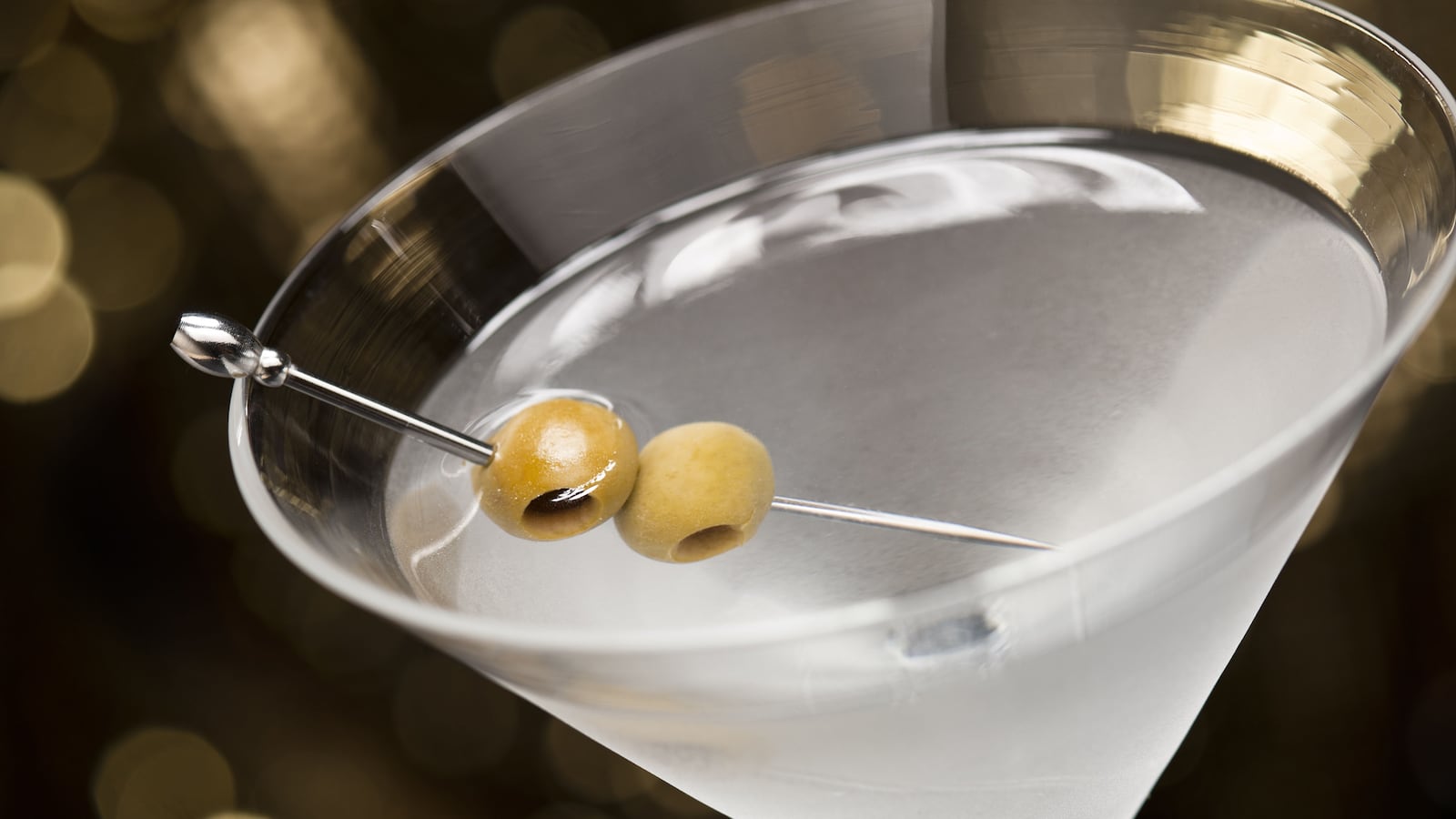It doesn’t get more classic than gin. The spirit is, of course, what super spy James Bond orders in Casino Royale and the base of countless snooty country club concoctions. (Care for a Gin Martini or a Gin & Tonic?)
And recently, thanks to the rebirth of the cocktail, the liquor is the darling of the current generation of mixologists and distillers.
So the next time you’re feeling all high and mighty at a faux-speakeasy as you enjoy a $15 White Lady or Gin Gimlet made with a spirit infused with more than a dozen botanicals from a tiny producer in, say, the Pacific Northwest, you might want to consider gin’s much humbler origins.
As haughty as its reputation may be now—with devotees arguing over the subtle differences among the dozens and dozens of brands on store shelves—gin’s early history was really quite a bit rougher. And I’m not just talking about its drinkability.
There is no easy way to say this, but gin was like the meth of 1700s England. For real. While its production didn’t involve exploding RVs in cornfields or mass Sudafed heists, gin wreaked significant havoc on society, with just about every Londoner either making the spirit or consuming vast quantities of it. Its critics blamed it for a range of societal maladies, including crime, lawlessness and, of course, blind intoxication.
So how did it all start? The roots of gin go back to the Netherlands where its precursor geneva, or genever, was first made in the mid-1600s. It was “produced in small laboratories set up by physicians and chemists,” says Alex Werner, head of history collections at the Museum of London. During the 1680s, the Dutch and the English were quite connected in times of both peace and war. “British soldiers fighting in the low countries liked gin,” says Werner. A shot of so-called Dutch Courage also supposedly fortified soldiers before they stepped into battle.
But what really boosted its production in England was an act in the 1690s designed to increase the domestic spirits industry.
“The duty of gin was set at a low rate and anyone was free to distill and sell gin—there were very few regulations in force,” explains Werner. “Wealthy landowners promoted gin production and retailing as they had surplus of grain each year.”
But the act was too successful: The amount of gin drunk skyrocketed from 572,000 gallons in 1684, according to Dave Broom’s recently published Gin The Manual, to eight million gallons by 1742. “London was in crisis. The city’s birth rate fell between 1720 and 1750, while the death rate rose,” wrote Broom.
The gin craze was finally brought under control with the passage of the Gin Act of 1751.
It “prohibited gin distillers from selling to unlicensed merchants, restricted licenses and imposed severe punishments for breaking the law,” says Werner. “Also, there were poor harvests in 1751, which led to dramatic increases in the price of grain.” (To give the act credence, William Hogarth made his infamous print, Gin Lane, which portrays a depraved gin-fueled scene in the London slums.)
After this meteoric rise and equally impressive crash, gin slowly made the transition from lowbrow to highbrow. (I don’t, however, predict meth traveling along that road to respectability any time soon.)
By the golden age of the cocktail, which started in roughly the 1860s and lasted to just before World War I, gin was a go-to liquor of America’s pioneering and prolific bartenders.
That explains why so many classic drinks, which are enduringly popular and can still be found on menus across the country today, call for the spirit.
Historic gin concoctions are particularly popular in craft cocktail lounges, since the bartenders who work at these types of establishments mine old drinks books for recipes and inspiration.
They also give the burgeoning number of craft distillers across the country a market for their artisanal gins. The spirit is a popular one to make, since the standard version requires no barrel aging and can be sold almost immediately. (Contrast that with whisky, which needs years of pricy aging as well as expensive barrels to mature in.)
Interestingly enough, the overall market for gin is not particularly healthy, with the category losing market share over the last decade. But boutique and premium brands are popular with mixologists and will continue to grow.
That’s lucky for us, since gin and its sophisticatedly cool cocktails won’t be going away any time soon.





